Back
Plaque vs. Tartar: What’s the Difference? Aug 26
Aug 26
Plaque vs. tartar: what’s the difference?
Many people confuse the two, but understanding them is key to oral health. Plaque is a soft, sticky film of bacteria that forms daily, while tartar is hardened plaque that can only be removed by a dentist. In this article, we’ll explain how both develop, why they’re harmful, and how using smart electric toothbrushes like BrushO can help you control plaque before it becomes tartar.
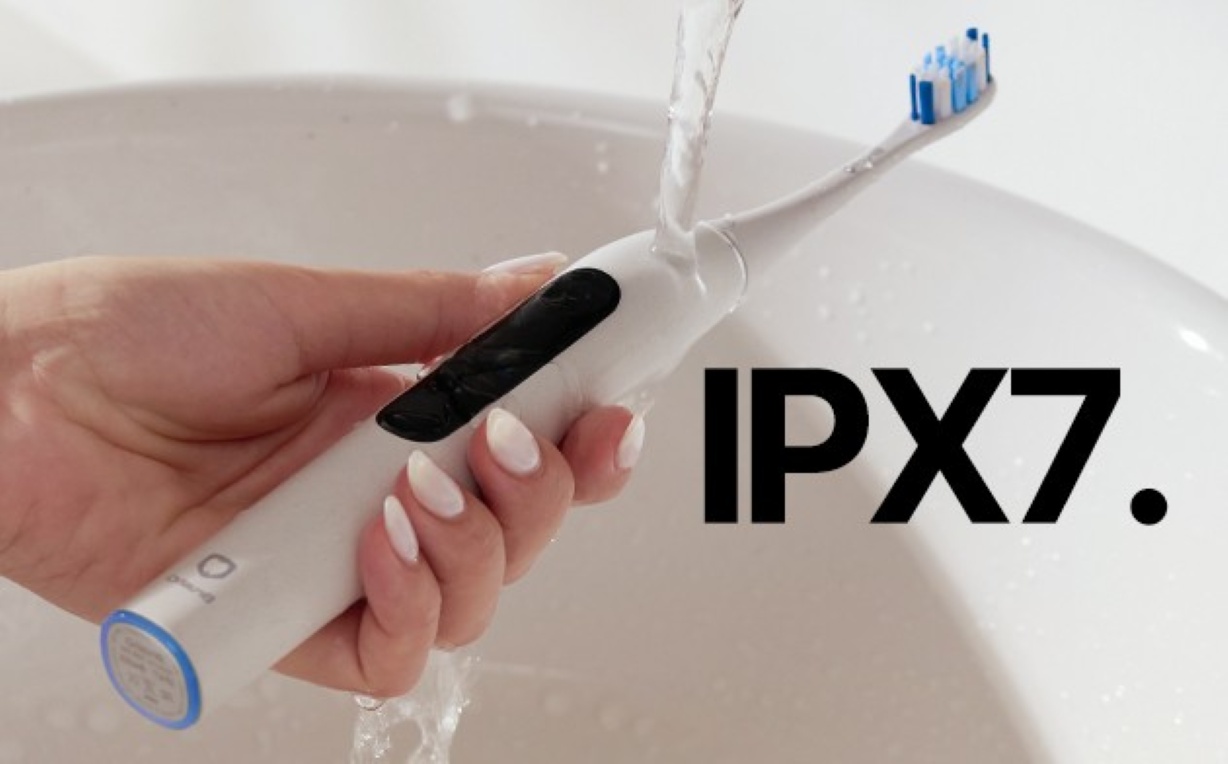
What Is Plaque?
Plaque is a colorless, sticky biofilm that constantly forms on teeth and along the gumline. Made up of bacteria, food particles, and saliva, plaque is soft enough to be removed by brushing and flossing. However, when ignored, it produces acids that:
- Attack enamel and cause cavities
- Irritate gums, leading to gingivitis
- Create bad breath and discomfort
Plaque is essentially the “first stage” of dental problems—manageable if treated daily.
What Is Tartar?
Tartar (also called calculus) is hardened plaque that forms when plaque isn’t removed in time. Minerals in saliva cause it to solidify, usually within 24–72 hours. Once hardened, tartar is:
- Yellow or brown in color
- Rough in texture, making teeth harder to clean
- A major contributor to gum disease and tooth decay
Unlike plaque, tartar cannot be brushed away at home. It requires professional cleaning by a dentist or hygienist.
Plaque vs. Tartar: Key Differences
Feature Plaque 🦠 Tartar 🪨
Texture Soft, sticky film Hard, rough buildup
Color Invisible or pale Yellow/brown, visible
Removal Brushing & flossing daily Only by dentist
Health Risk Cavities, gum irritation Gum disease, tooth loss
How to Prevent Plaque from Becoming Tartar
The best way to control tartar is by never letting plaque harden in the first place. Daily habits include:
- Brushing twice a day with a fluoride toothpaste
- Flossing to remove buildup between teeth
- Rinsing with antibacterial mouthwash
- Limiting sugary or starchy foods
- Scheduling dental cleanings twice a year
Why BrushO Is Effective Against Plaque
The BrushO AI-Powered Toothbrush is designed to fight plaque before it turns into tartar:
- High-frequency cleaning power removes biofilm more effectively than manual brushing.
- AI brushing feedback 📱 helps you cover all zones, leaving no hidden plaque behind.
- Pressure sensors 🚦 protect enamel and gums while ensuring thorough cleaning.
- Three replaceable brush heads 🔄 (included per set) provide optimal plaque control for every user.
By using BrushO consistently, you can stop plaque from becoming tartar—and avoid costly dental treatments.
Final Thoughts
So, plaque vs. tartar—what’s the difference?
Plaque is soft and removable with daily brushing, while tartar is hardened, damaging, and requires professional cleaning. The solution? Prevent plaque buildup with the right tools.
👉 With the BrushO AI-Powered Toothbrush, you can protect your teeth daily, stop plaque in its tracks, and keep your smile healthy and bright.
Best Electric Toothbrush for First-Time Users
Aug 27
Why Smart Toothbrushes Are the New Lifestyle Trend
Aug 26
Recent Posts
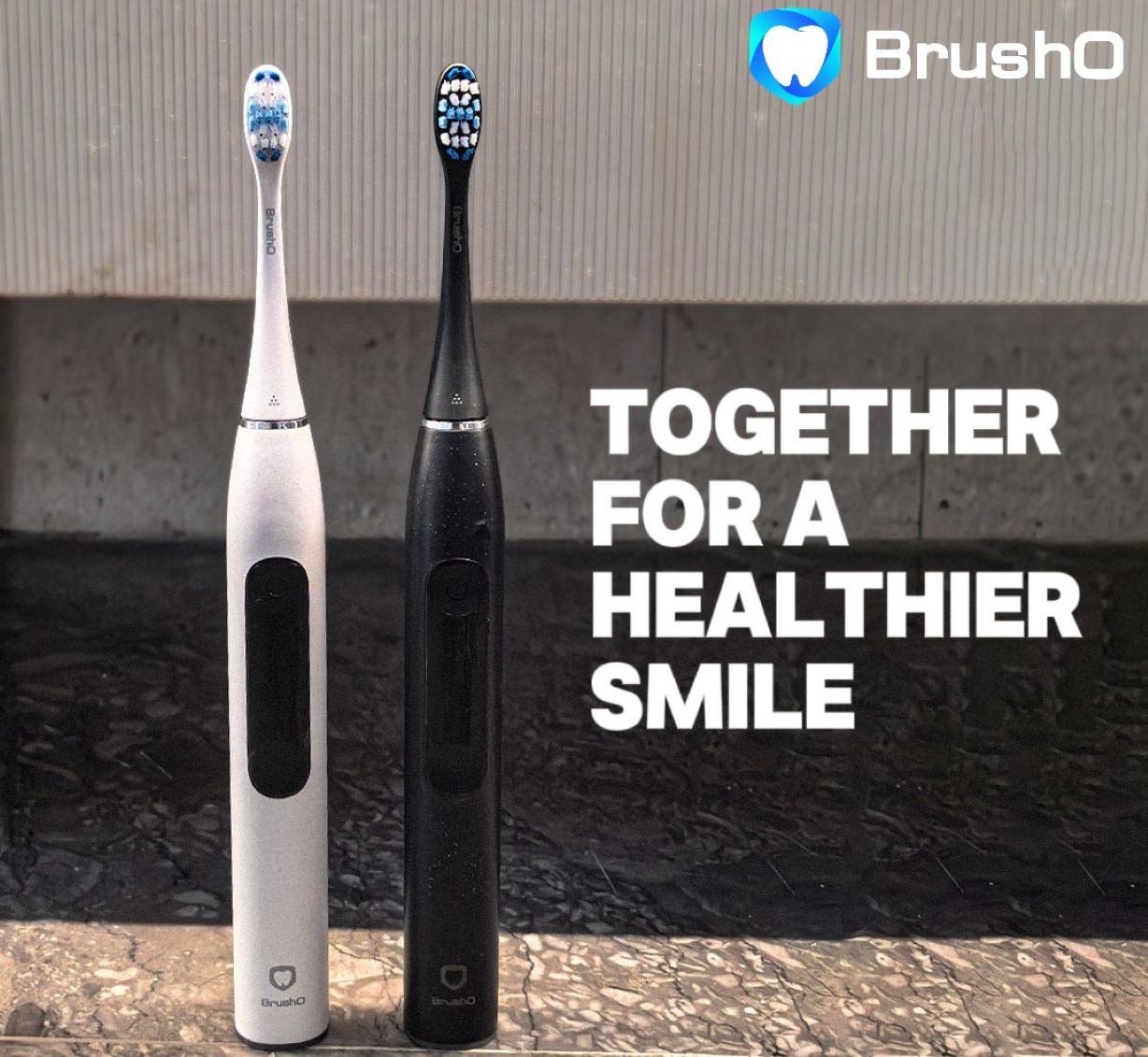
Do Electric Toothbrushes Damage Enamel?
Do electric toothbrushes damage enamel? Learn what dentists say, how pressure sensors protect your teeth, and why BrushO’s AI-powered toothbrush is designed for enamel safety.
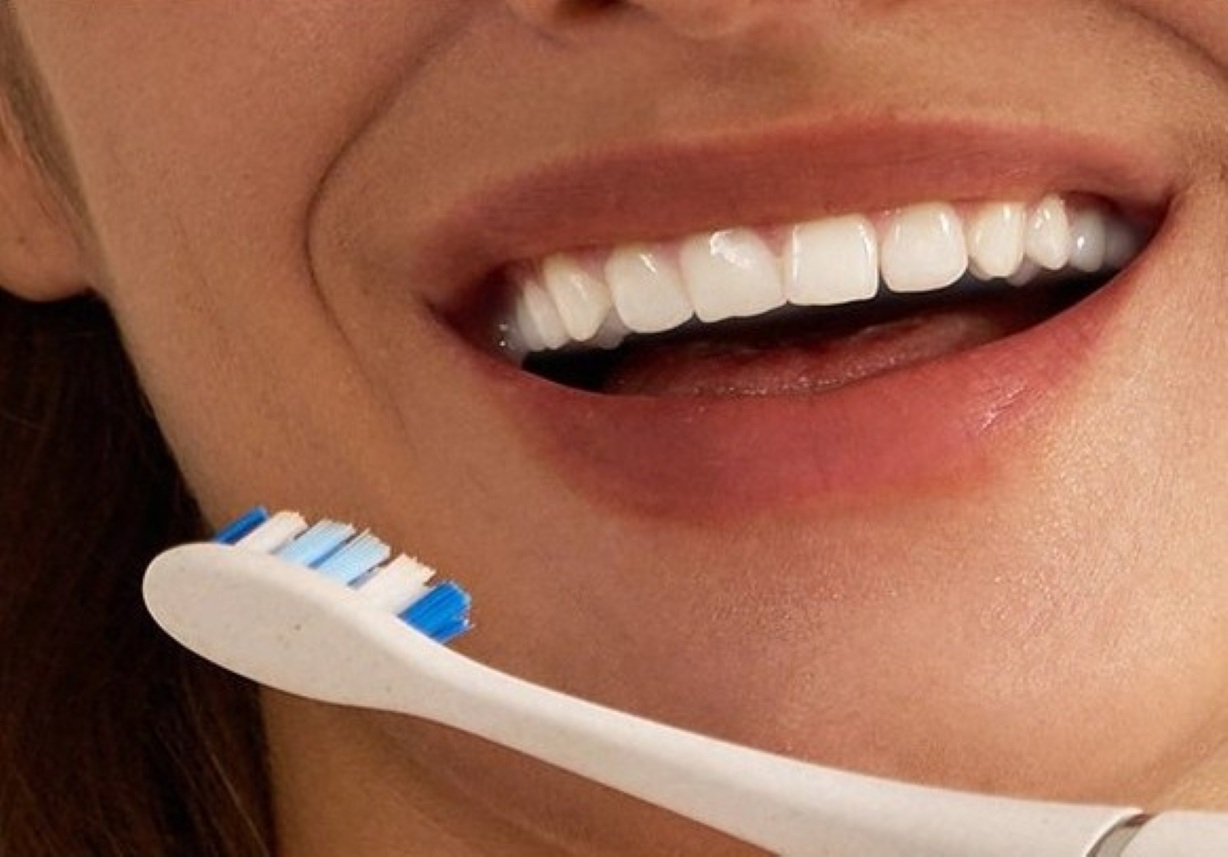
Is an Electric Toothbrush Worth Your Money?
Is an electric toothbrush worth your money? Discover the long-term health benefits, cost savings, and why BrushO’s AI-powered toothbrush offers more value than you think.
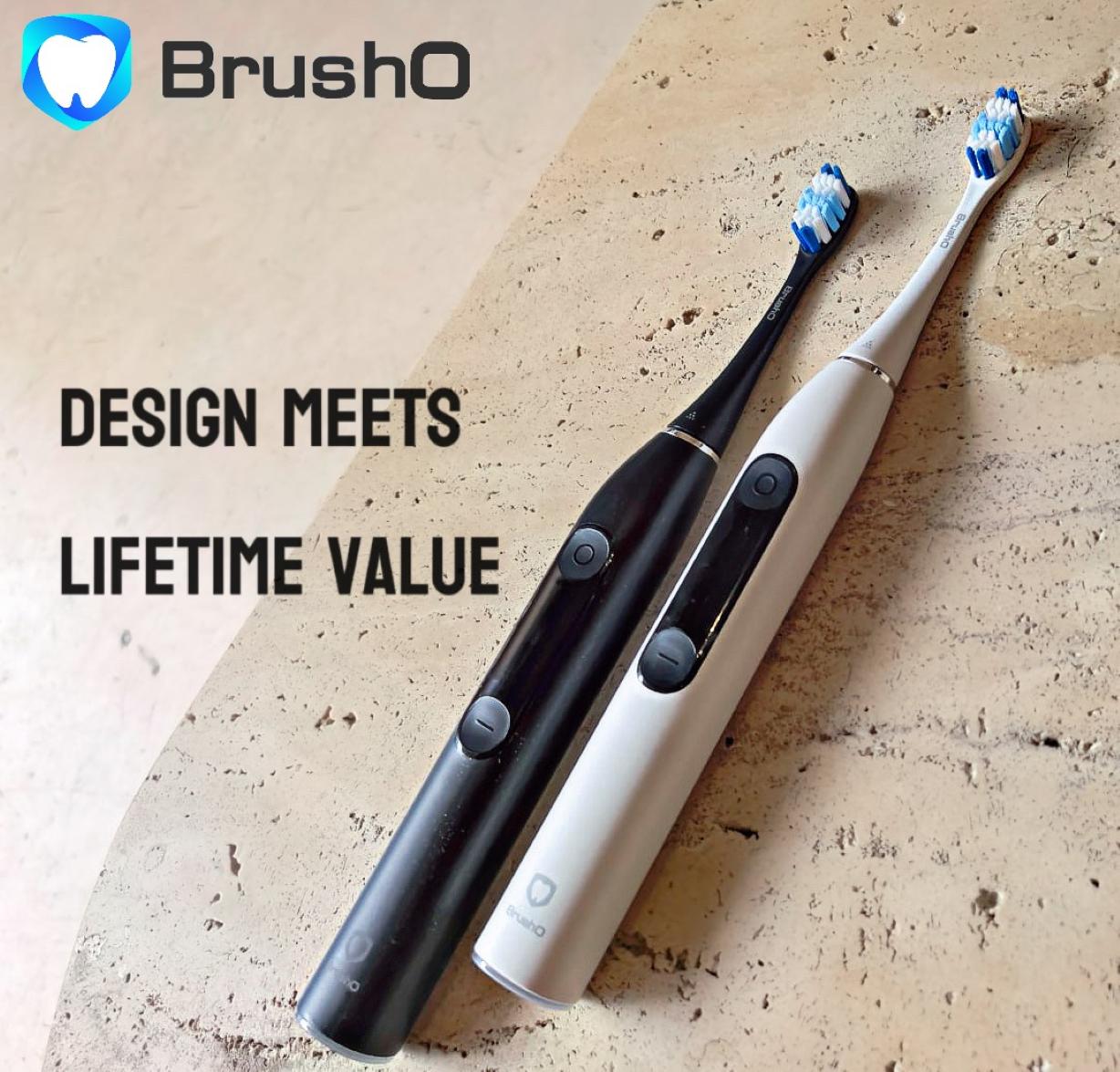
Is an Electric Toothbrush Good for Health?
Is an electric toothbrush good for health? Explore how AI-powered toothbrushes improve gum health, prevent cavities, support kids and seniors, and why BrushO Toothbrush is designed for long-term oral hygiene.
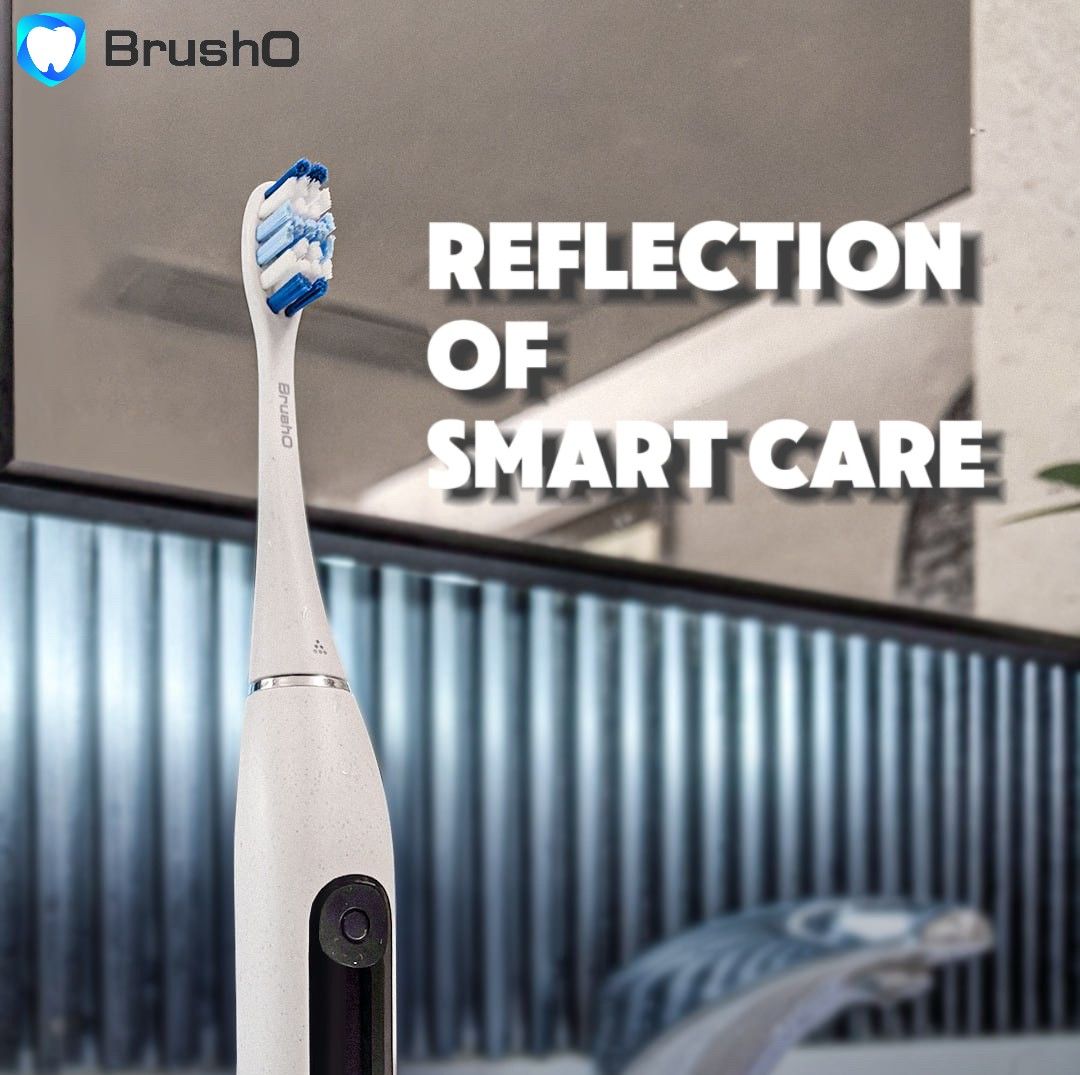
AI-Powered Brushes Are Changing Oral Care Habits
How are AI-powered electric toothbrushes changing oral care habits? Discover how smart brushing feedback, pressure sensors, and BrushO’s technology improve oral hygiene and prevent dental issues.
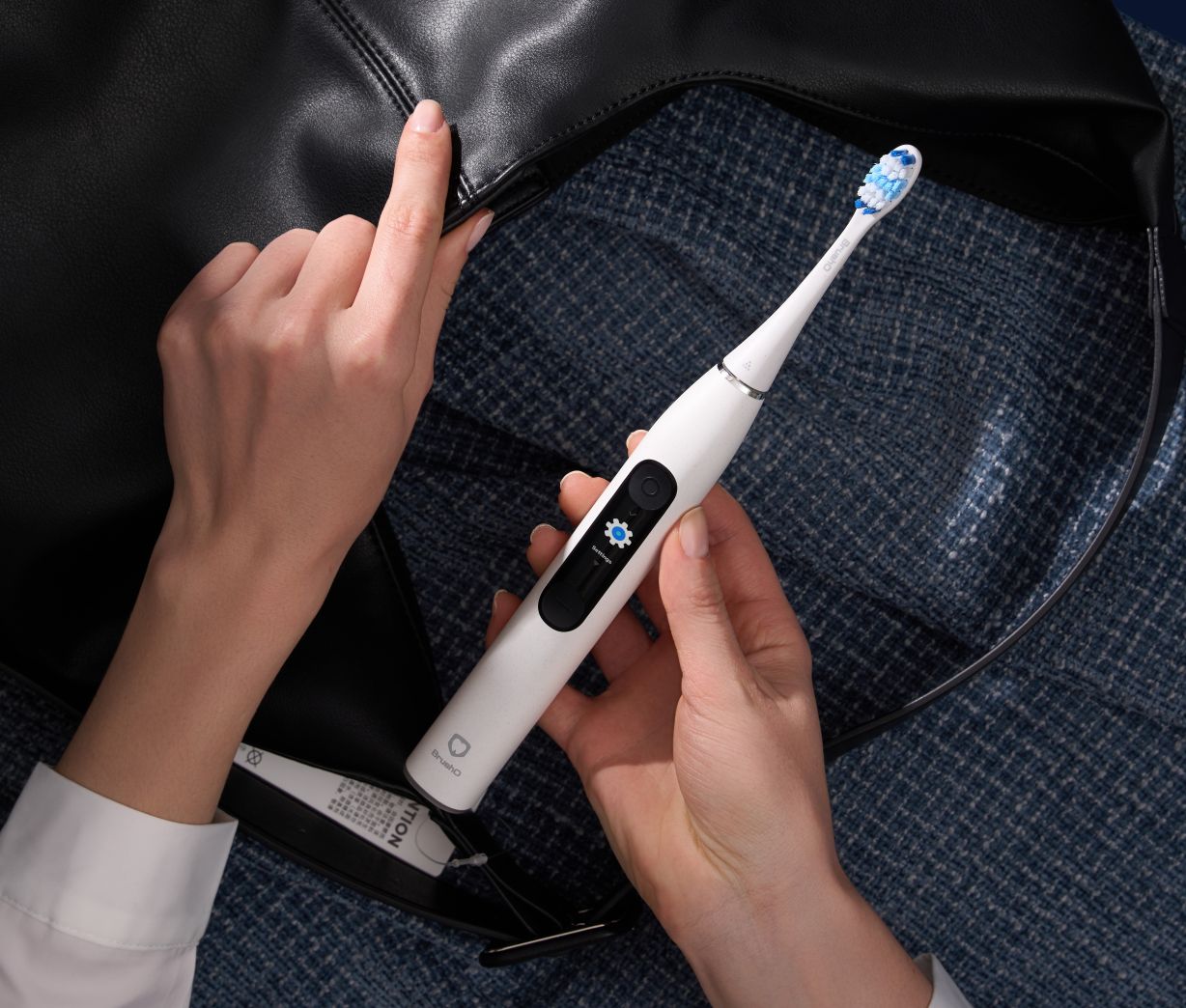
Do You Need a Timer in an Electric Toothbrush?
Do you need a timer in an electric toothbrush? Discover why the 2-minute rule matters, dentist recommendations, and how BrushO makes brushing smarter.

Do AI-Powered Electric Toothbrushes Really Work?
Do AI-powered electric toothbrushes really work? Learn how AI helps improve brushing habits, what dentists say, and why BrushO makes oral care smarter.
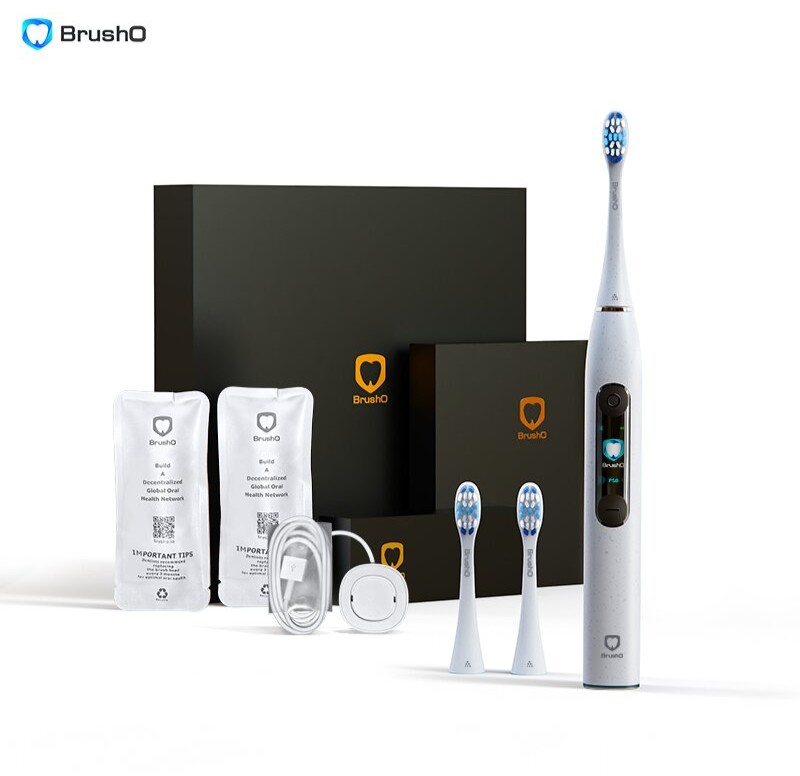
How to Choose an Electric Toothbrush?
How to choose an electric toothbrush? Learn key features to look for, common mistakes to avoid, and why BrushO’s AI-powered design is built for healthier brushing.
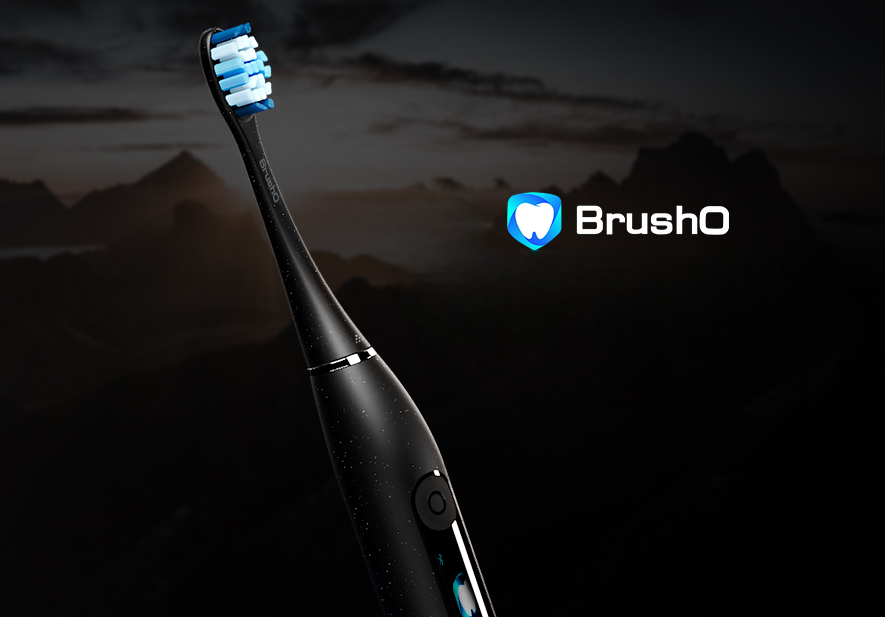
Are Electric Toothbrushes good for Braces?
Are electric toothbrushes better for orthodontic patients? Discover how they compare to manual brushes, what dentists recommend, and why BrushO’s smart features make braces care easier and safer.

Can Electric Toothbrush Cause Receding Gums?
Can electric toothbrushes cause receding gums? Learn the truth, dentist insights, and how BrushO’s smart pressure sensors and soft bristles protect your gum health.

Electric Toothbrush Mistakes You Might Be Making
Are you making mistakes with your electric toothbrush? Learn the most common errors, how they damage your teeth, and why BrushO’s smart features help you brush better.
